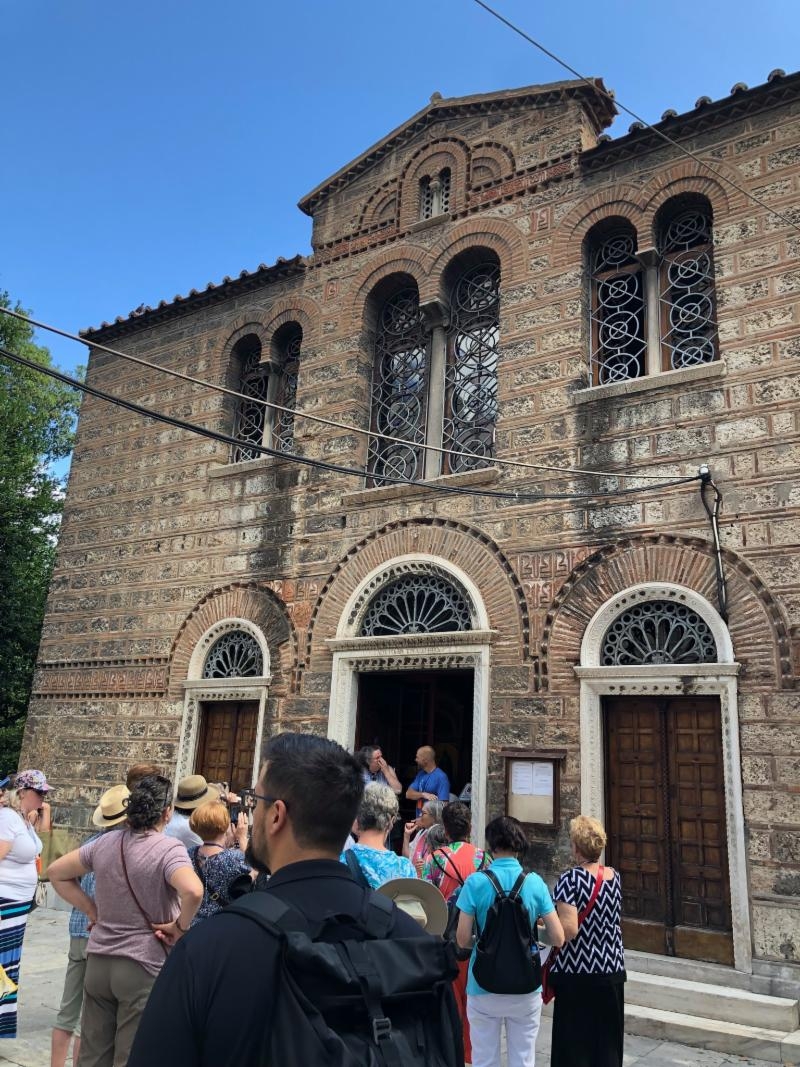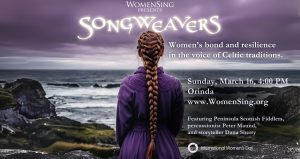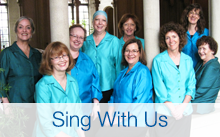
July 11th, Day 5
Submitted by: Leslie Blackie
Our second concert was at a refugee camp near Athens. What a wonderful, uplifting experience. We were met with smiles and laughter of the children. We sang with their children’s choir- and a very precocious girl conducted us with her own version of movements to follow on a folk song (really similar to the song I grew up singing “everybody loves Saturday night“ - but these words were praise to the beautiful earth-bebeman.) During our break children came and played on the keyboard and one tiny girl tugged on my leg in the universal sign for up- so on my hip she went and she got to join in playing on the keyboard. The response to us singing “Adinu” in Arabic was thrilling- we were given the “ullullu” sound in approval. While we sang our more pop songs of “Brave”, gospel of “Still I Rise” and the prayer of rain “Famine Song” or danced with “Heavenly Aeroplane“ they joined in with claps, finger snaps for rain and followed the movements. It was a wonderful, moving experience of sharing music and laughter and our shared humanity. Truly “this is the sound of all of us, singing together”
July 11th, Day 5
Submitted by: Joy Craig
We started the day off with a walking tour of some of the old churches in Athens. Did you know:
- The Catholic and Greek Orthodox were the same church until the 9th Century AD. Their sticking point (or should I say splitting point) was the origin of the Holy Spirit. The Greek Orthodox (GO) believe that the Holy Spirit comes from God the Father. The Catholic Church believes that It comes from the Father and the Son.
- Their priests can be married if they marry before they enter the priesthood, but they can never move up within the Church hierarchy.
- There is no instrumental music in the Greek Orthodox, only responsive chanting.
- In very old times, they stood for the entire 2 hour service, men on the ground level, and women on a mezzanine level.
- The Greek Orthodox baptize by immersion, not sprinkling.
- In spite of a 400 year occupation by the Ottoman Turks, they maintained their religion because of the Holy books written in Greek. Therefore, to them, their religion is also a symbol of their independence.
- The windows of the older churches were alabaster in order to create sense of the mystical. (according to our guide!)
- In traditional Greek iconography, the baby Jesus is always depicted in a coffin, not a manger.
- Easter is their biggest Holiday. The oil for their holy lamps is imported from Jerusalem every year, and they even take it into their homes to light their holy lamps there.
- There is a different icon for every day of the week. People will stop in to pray to that particular saint, and they often kiss the icon.
And that’s 10 things you need to know today!
This evening was our concert at the refugee camp, which we were all looking forward to. We were told we had the largest crowd to date. They smiled and clapped and seemed to thoroughly enjoy our antics! We sang for them with them and they sang with us. Looking forward to the day when we all sing with One Voice.








